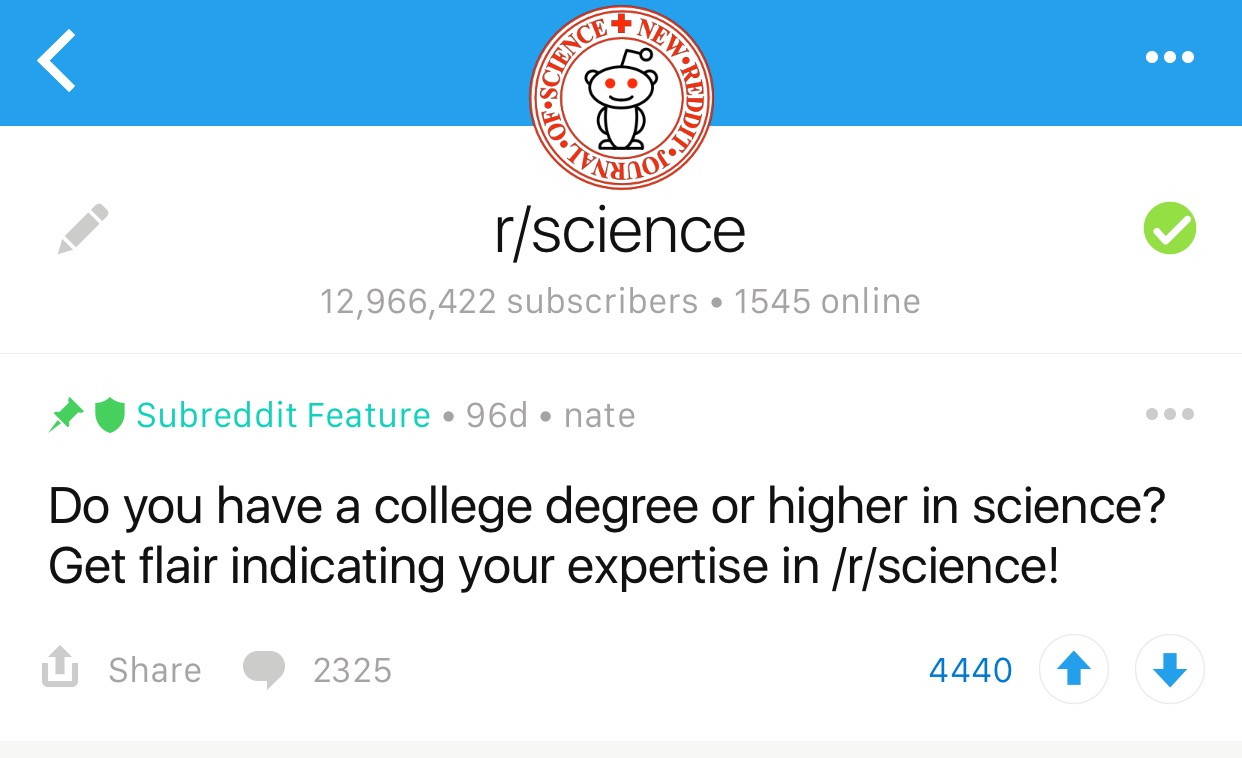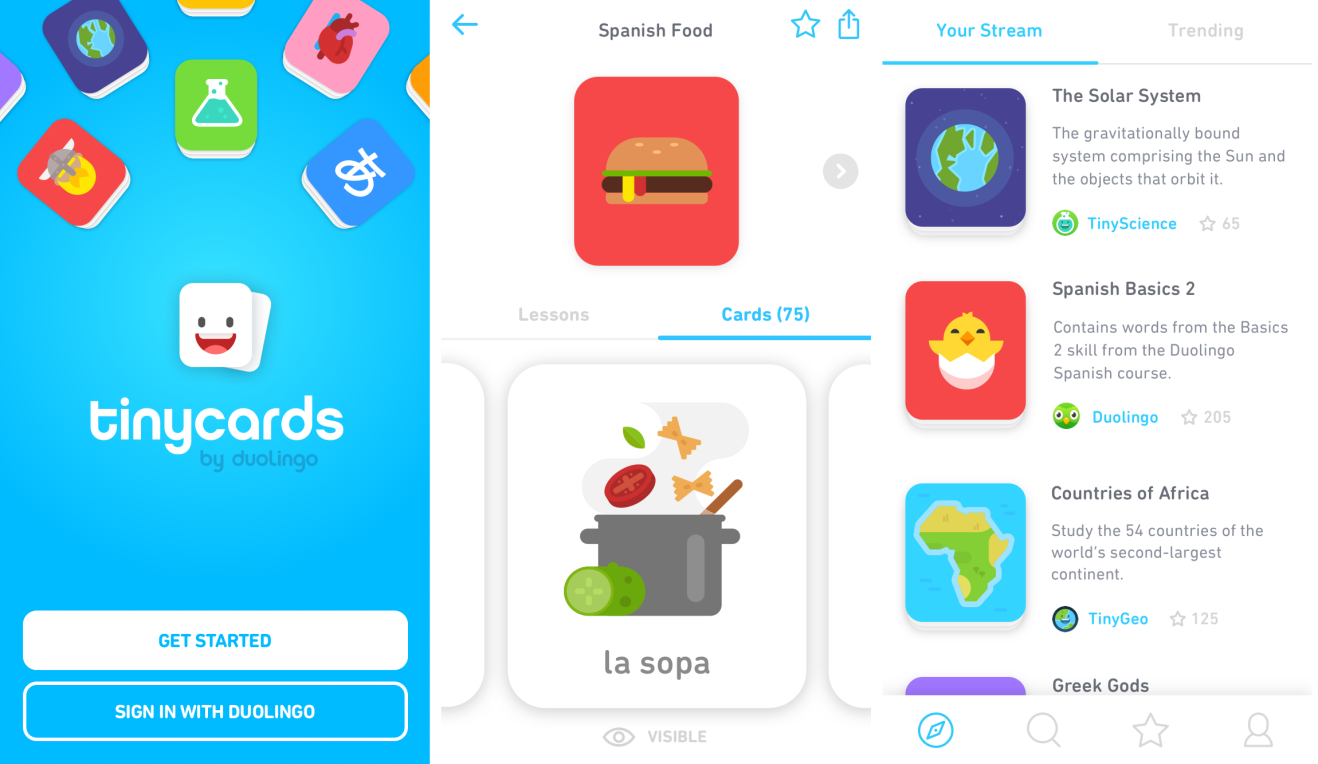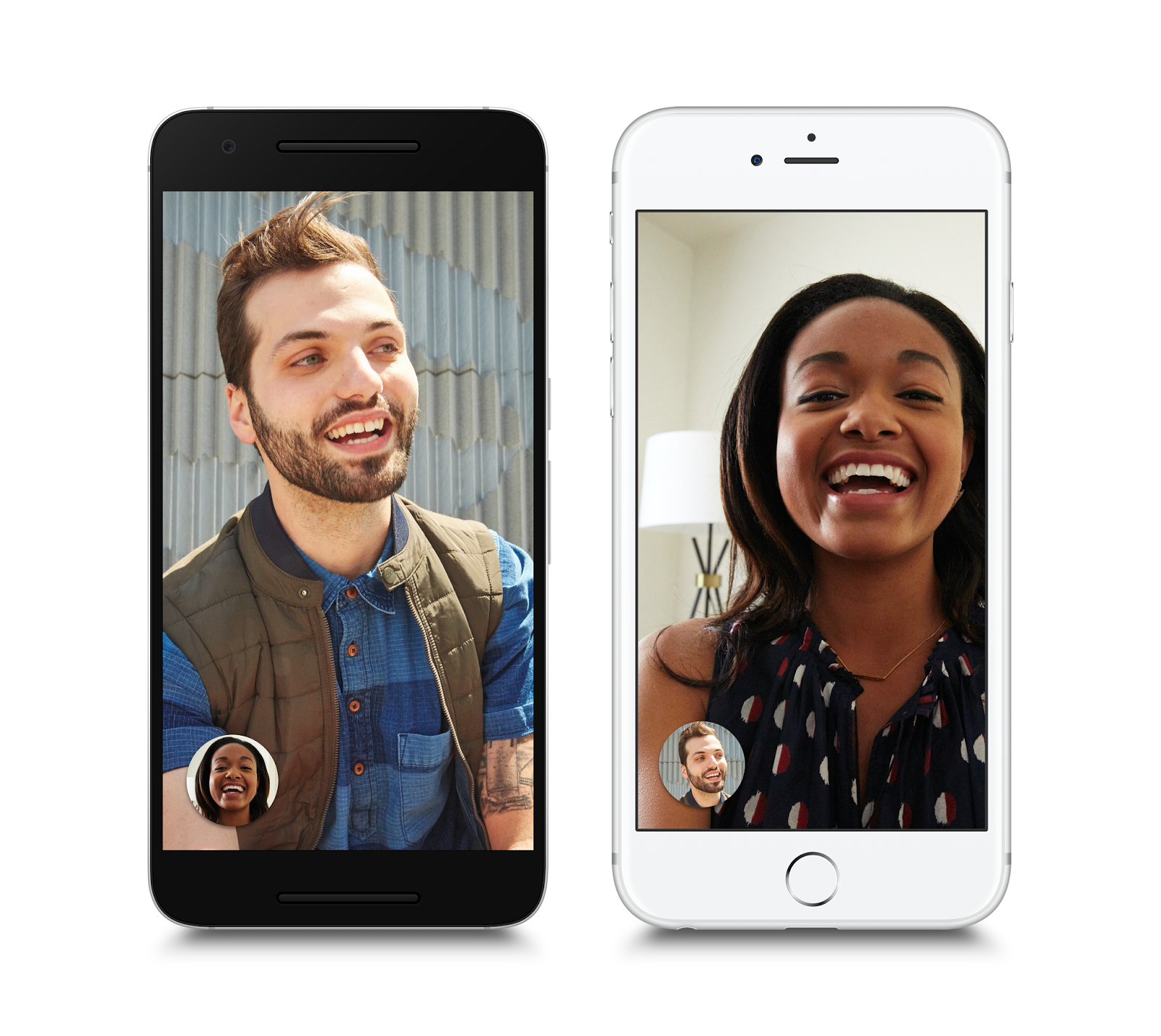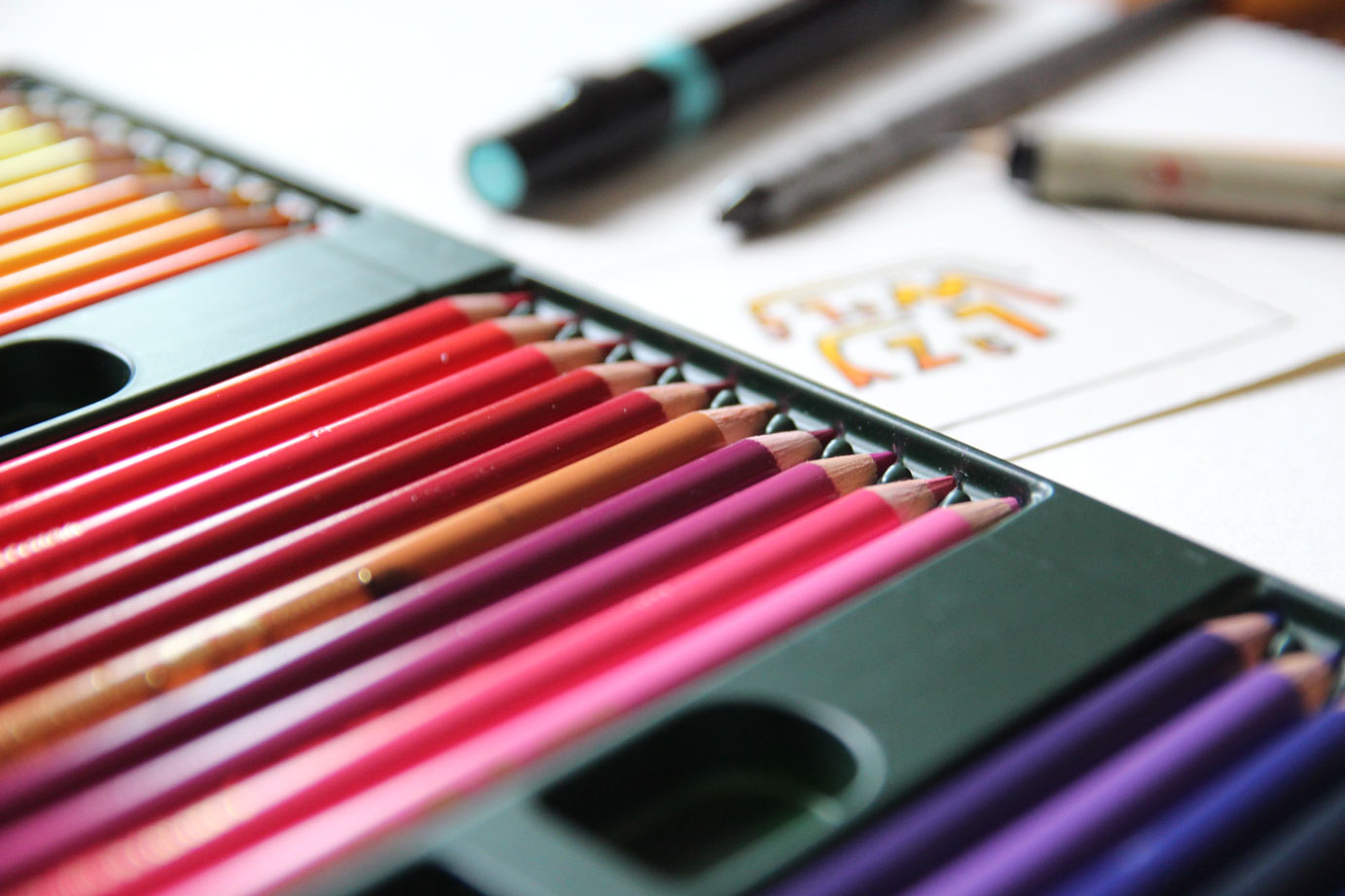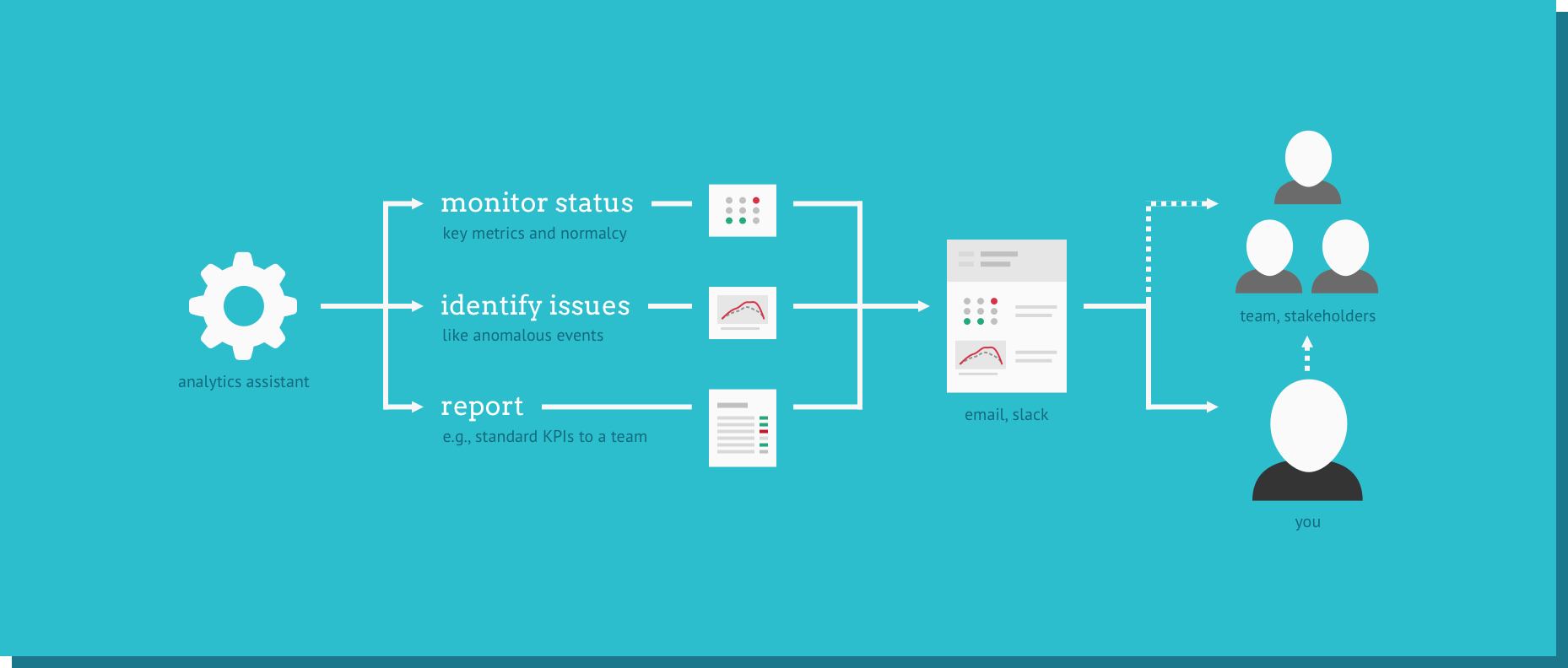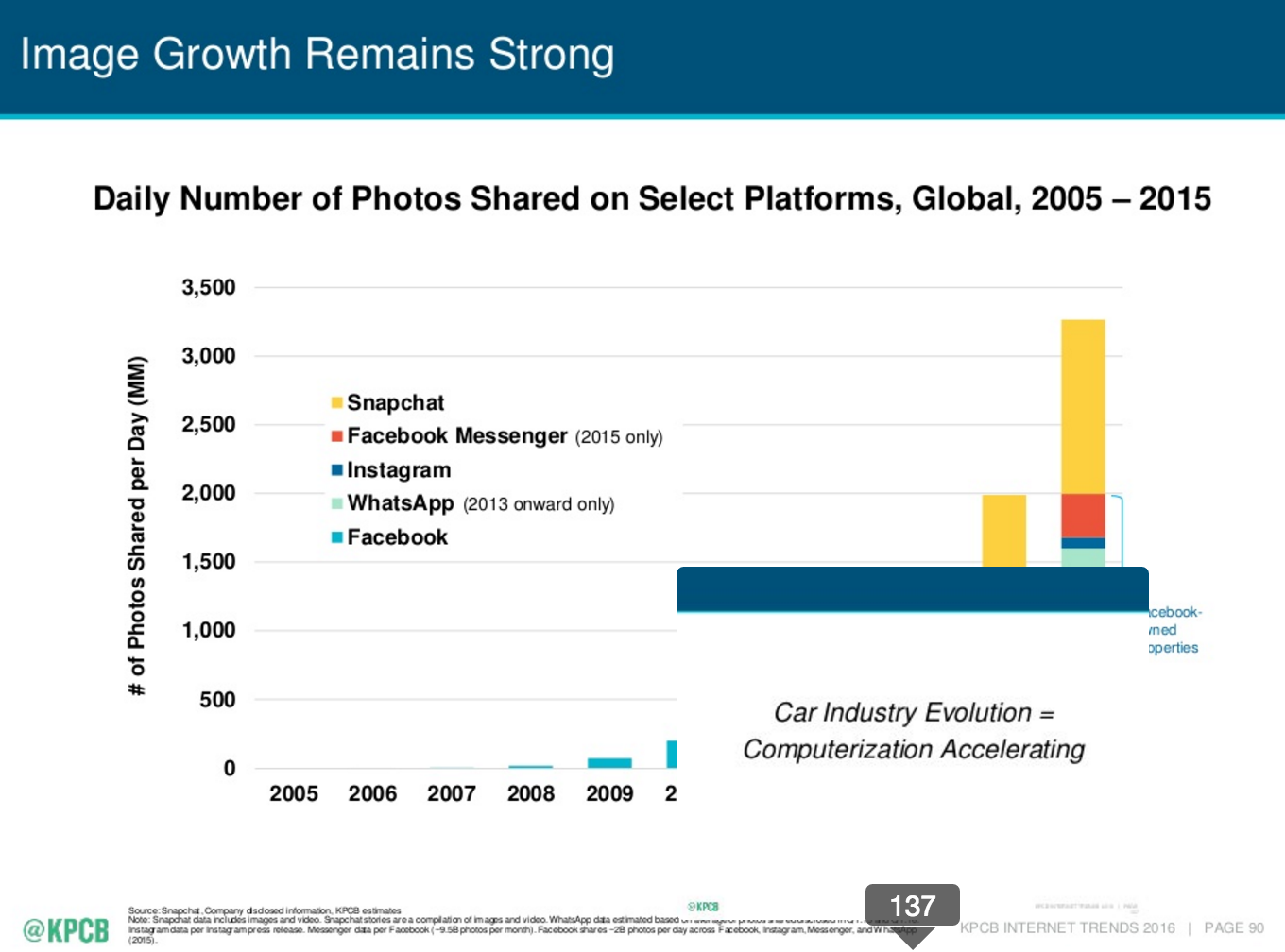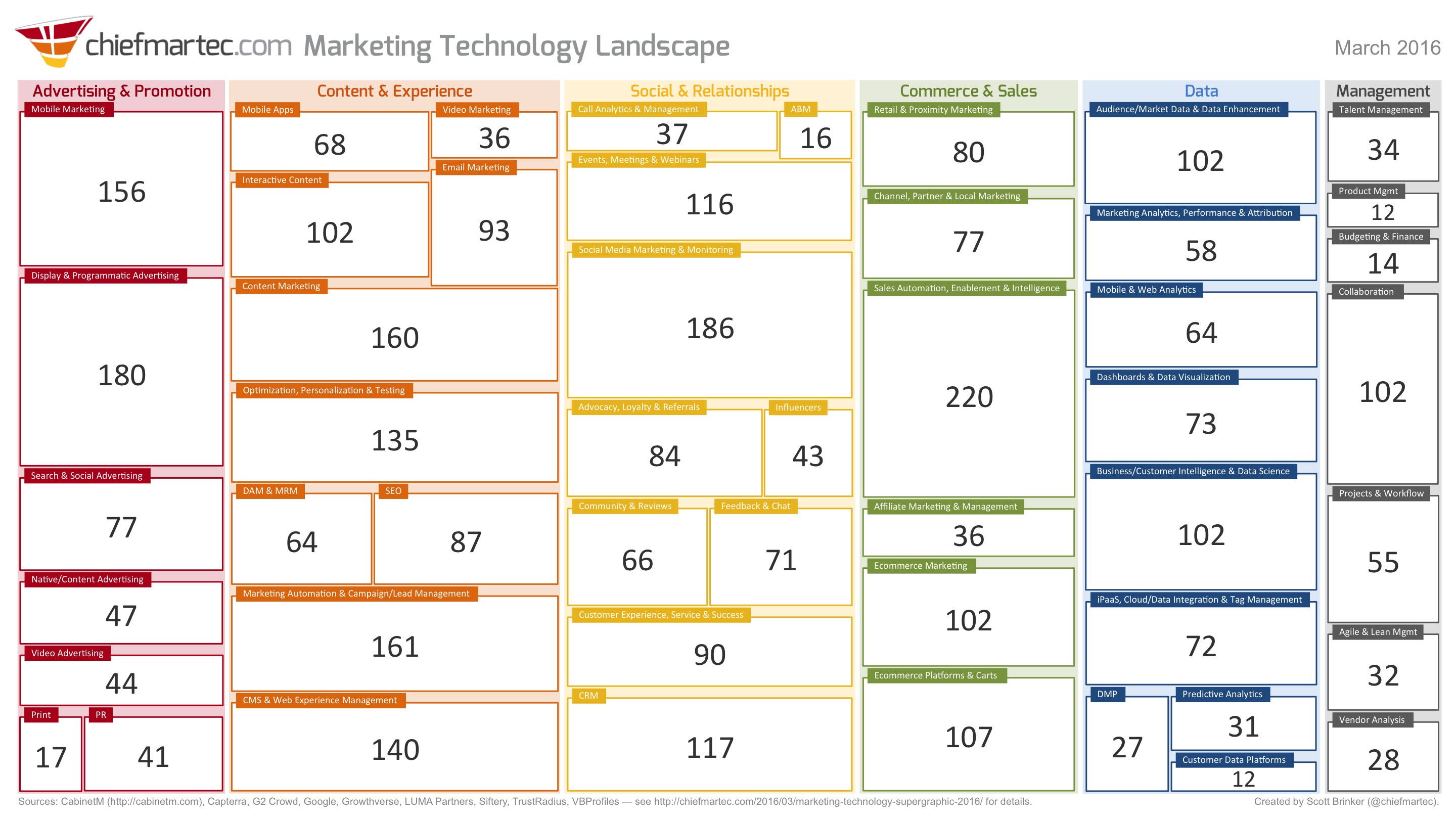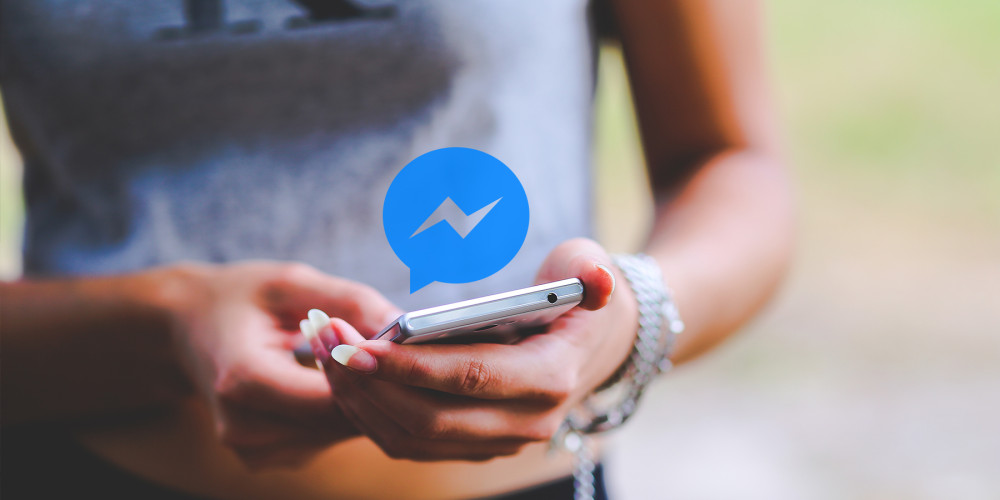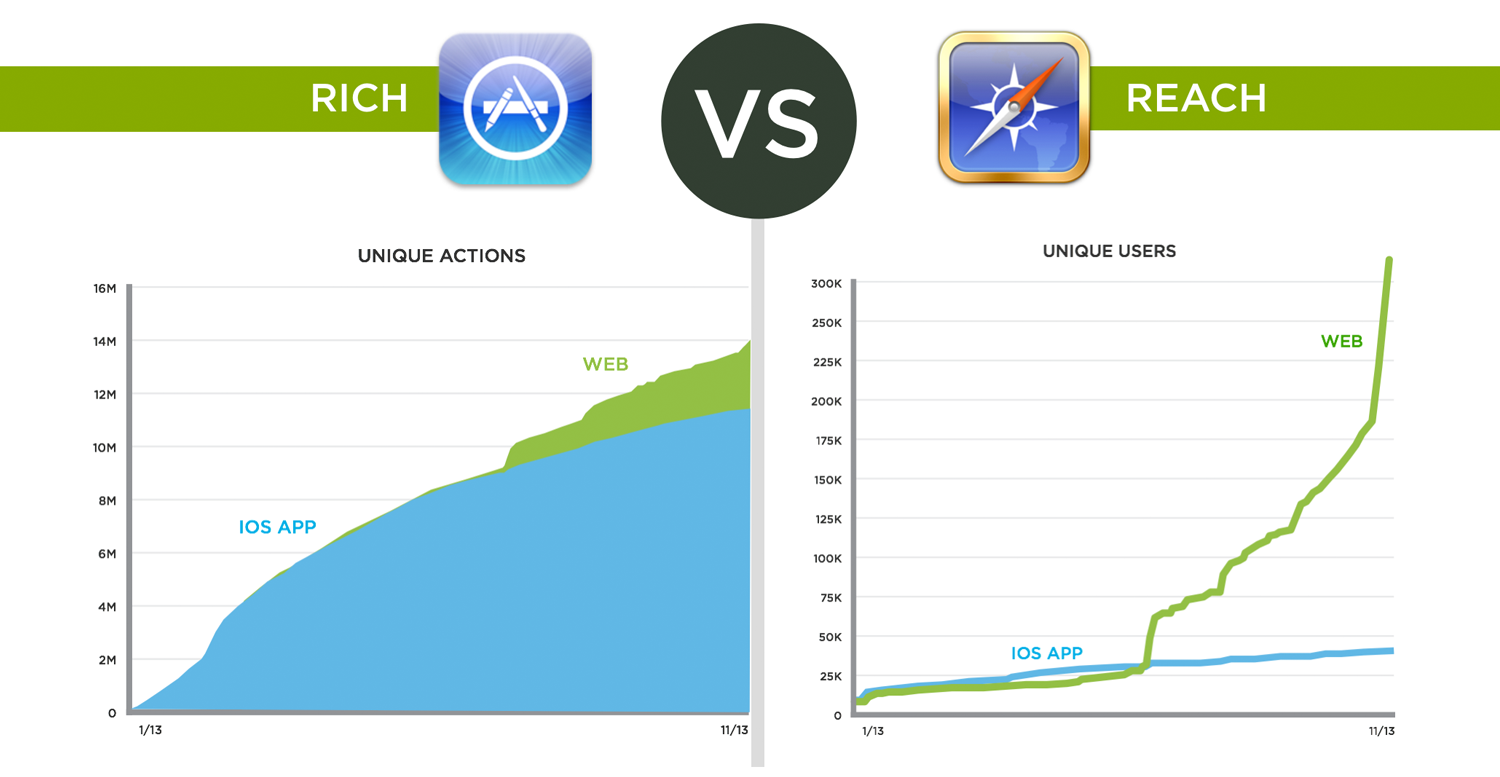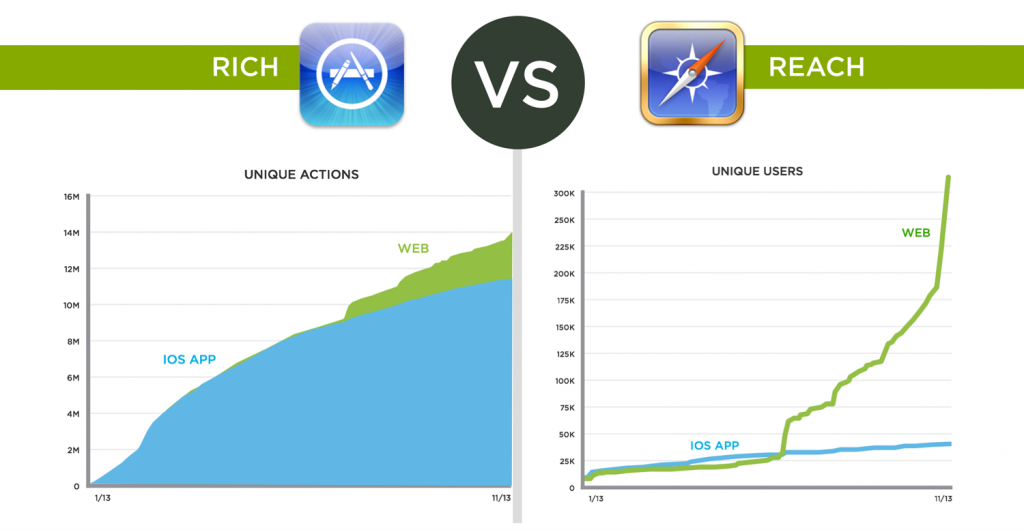- Rather than say, “I think users want this feature,” a product manager should ask, “What outcome do you predict this feature will have?” Read more insights from co-VPs of Product (!) at Reddit. There’s a lot of information elegantly packed into the mobile screenshot above: this approach provides an outcome-focused frame for feature decisions.
- Instagram will soon allow users to reduce abusive comments by offering the ability to disable comments and block particular keywords. Celebs will get the feature first, and then the rest of us.
- How does news creep into your day? 55% of people consume news while they are doing something else online, while only 44% actively seek it out. Pew reported on 10 facts about the changing digital news landscape.
- Junk. Trash. Crap. These are a few of the labels I’ve seen people call the folder where they stash all the apps iOS won’t let them delete. Here’s how you can ditch those apps, and do a lot more with iOS 10.
- Kristina Halvorson explains how to sell your content strategy project in your organization. She suggests starting with a story and describing specific pain points you intend to solve, instead of a lecture on what amounts to content excavation.
Weekend fun: There are few things I love more than seltzer water and creative internet for marketing purposes, so this is pure magic. And take note: in this case it wasn’t even LaCroix who came up with this.
Every Friday, find five, highly subjective pointers to compelling technologies, emerging trends, and interesting ideas that affect how we live and work digitally. Try out the Friday 5 archive, or sign up for a weekly email.
